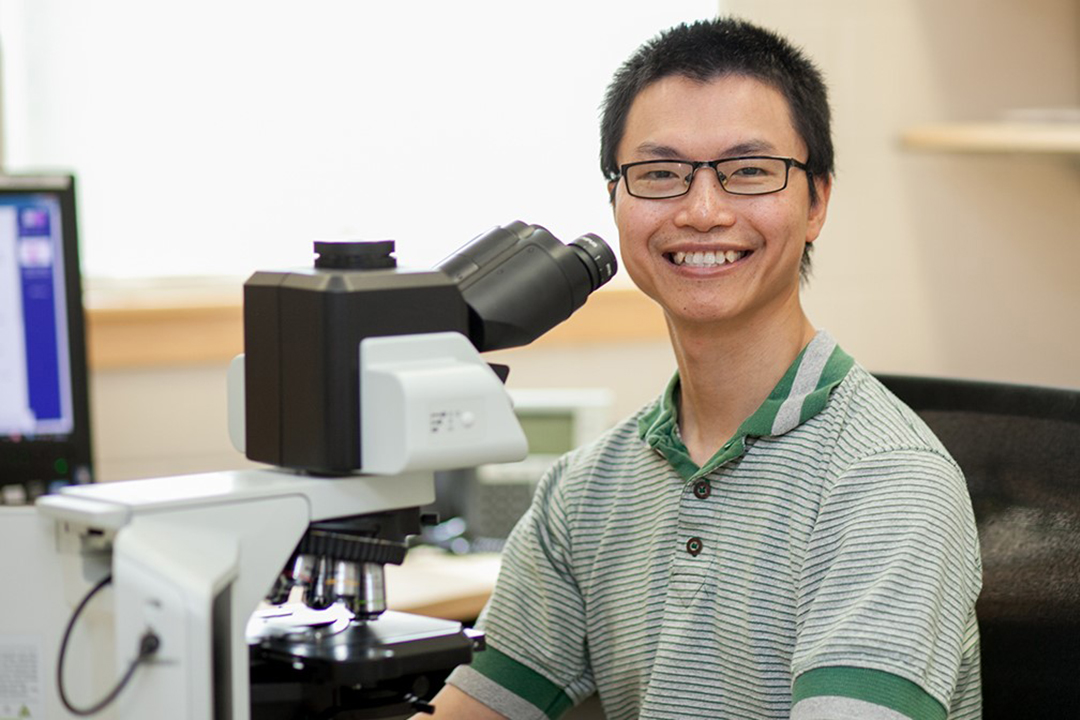
WeCAHN final piece of Canada's regional animal health surveillance network
A new initiative in Western Canada is the final piece in a national framework of regional animal health surveillance programs.
By Katie Brickman-YoungThe Western Canadian Animal Health Network (WeCAHN) was established in late 2019, with assistance from University of Saskatchewan (USask)-based facilities and researchers. Its mission is to provide regional leadership in animal health and welfare surveillance to veterinarians, livestock producers, animal owners and policy makers about ongoing and emerging animal health concerns in the western provinces.
There are similar networks in Ontario, Quebec and Atlantic Canada, along with the national Canadian Animal Health Surveillance System (CAHSS). These networks work in collaboration to provide regional surveillance in animal health.
“We are the last regional piece in the puzzle. There are regional differences in what the most pressing animal health concerns are. It's important to have those communicated, and sometimes it's useful even to contrast them nationally,” said Dr. Barbara Wilhelm (DVM, PhD), WeCAHN co-ordinator.
WeCAHN is an alliance between British Columbia, Alberta, Saskatchewan and Manitoba. Government partners in Saskatchewan and Prairie Diagnostic Services (PDS), the provincial veterinary diagnostic laboratory based at USask, were active participants in developing the western network.
“In the provincial growth plan that the government set [for itself], a cross-provincial animal health network was listed as one of the province’s goals. So, our province is very committed and active and leading this effort,” said Dr. Yanyun Huang (PhD), chief executive officer of PDS—based in the Western College of Veterinary Medicine (WCVM) at USask—and an adjunct professor in WCVM.
“PDS is generously supporting this initiative and has been instrumental in bringing the stakeholders together,” added Wilhelm.
So far, WeCAHN has three established networks—beef, poultry and dairy—as well as resources for swine and smallholder producers. Provincial representatives provide guidance and oversight as the network’s steering committee.
“Each of the networks operate independently, but there is a bit of crossover in participants,” said Huang. “The networks are relatively small, but sharing information will be key.”
The new network is focused on four core activities: disease surveillance, including quarterly meetings to review and discuss data from provincial diagnostic labs and network practitioner surveys; intelligence gathering from other surveillance activities performed by researchers, government and industry experts; knowledge translation and transfer by converting helpful information for stakeholders; and communication by making the information available to partners and the public.
Much of the work that WeCAHN and the other regional networks perform is through passive surveillance and gathering information from those in the field who may notice abnormal cases.
“Important surveillance information comes from veterinary practitioners as they go about their work,” said Wilhelm. “Practitioners are in all of our networks and they complete a survey describing what they have seen. It is also helpful for veterinarians to come together and talk about what they see on-farm and in clinics.”
Over time, WeCAHN’s goal is to identify trends in different animal diseases.
A key component to WeCAHN and the other networks is One Health—one of USask’s signature areas of research—which recognizes the interconnections between people, animals, plants and their shared environment.
With these topics in mind and how they relate to each other, watching for animal health trends can definitely connect to public health matters, such as the ongoing pandemic.
“There are so many things that cross over [between animal and human health] and I think the last year has been eye-opening on how something can infect an animal and then potentially pose a major threat to humans,” said Wilhelm.

